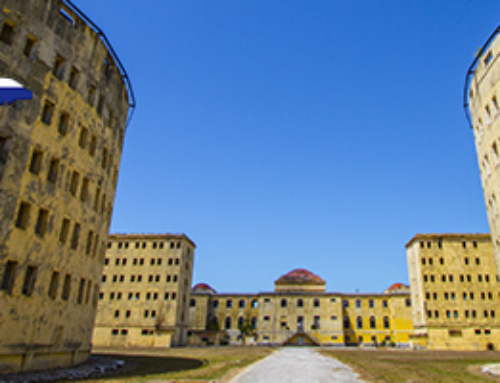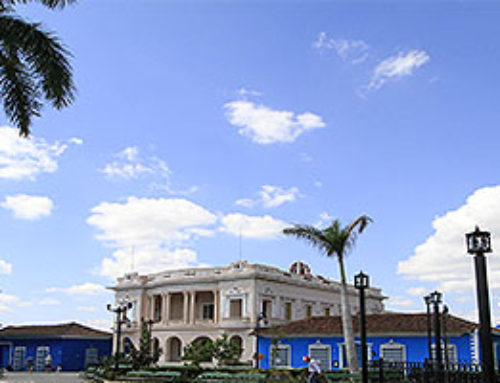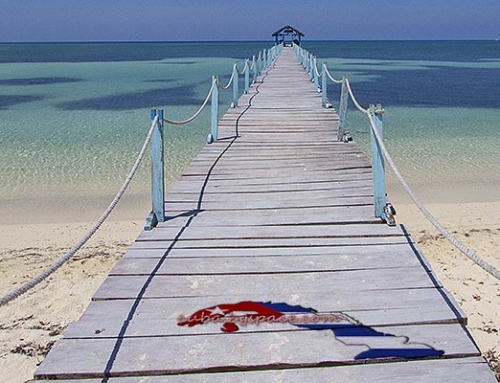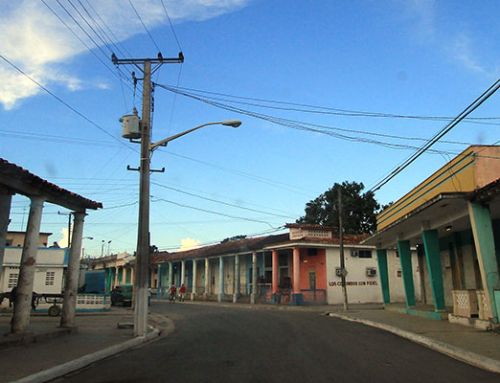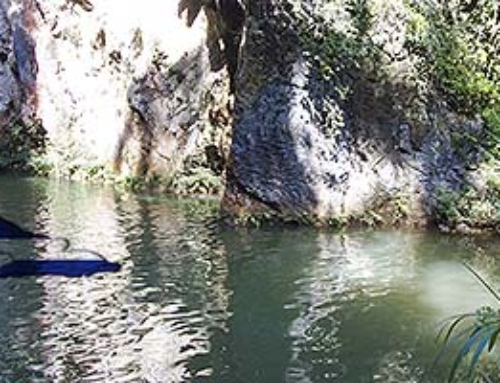VINALES
Започваме Топ 10 дестинации в Куба от западния район Пиняр дел Рио, където е най-голямата природна географска област в страната.
Vinales hides between peculiar rocks and piles of haystacks. In the Valley of Vinales, you can see Karst formations under and above the ground. The chalky ranges of mountains are pierced by rivers every now and then. Despite their low altitude, the mountains here bear distinct upland characteristics.
The many caves in the region served the locals as natural homes and shelter. The most famous of them is The Indians Cave where you can float along an underground river. The Spanish colonizers kill the indigenous inhabitants to the last person, however, nowadays you can see how they lived, their tools and etc.
West of Vinales you will find the regions of Vuelta Abajo – the place where the most high-quality tobacco in Cuba is cultivated.
MALECON
Almost every coastal city in Cuba has a Malecon /a coastline boulevard/, but the Havana Malecon is the largest, the most vivid, and colourful. It is 7 km long and Cubans often joke that it is the longest bench in the world.
The Havana Malecon starts from the 1830 Restaurant – a place for hot salsa parties. It moves east through the aristocratic neighbourhood of Vedado, along the Riviera Hotel and Hotel Nacional, 23rd Street to reach the Havana Bay where the city was founded.
During winter storms/don’t imagine snow, just some strong wind from Florida and Mayami/ often one of the ways or the whole Malecon is closed down bacuse of the huge waves that flood some of the neighbourhoods.
GUAMA
The natural reserve of Guama is located on the Zapata Peninsula. It is one of the most sparsely populated region in the island country. Here you will see huge rocky terrains with low forests, bishes and swamps.
On the opposite shore, you will find an authentic village that has preserved the atmosphere before Columbus. It recreates the way the Indians used to live – their culture and daily routine.
Near Guama you can also visit the biggest crocodile farm in Cuba with 5000 crocodiles.
Old Havana
There is no other city like Havana. Some of its neighbourhoods resemble a tropical park and others – a European city. In 2019 the city was included in the Top 10 List of “wonder cities of the world”. Also in 2019, the city celebrated its 500 birthday.
Although a big part of the building facades in Old Havana is rather shabby or half-destroyed, especially towards lower Malecon and the Havana Bay, some large-scale renovation has been taking place here in recent years. Except for colonial buildings in Old Havana, you will see also the shady boulevard of Prado, where Cubans actively trade real estate on Sundays, the magnificent theatre of Garcia Lorca, and others. The Old Square is completely renovated now, but back in time, it used to be a place for public executions or a slave market. I also wouldn’t miss visiting the Cathedral Square, the Weapons Square, as well as the San Francisco Square, located opposite the seaport Sierra Maestra.
TRINIDAD
The Caribbean blue Trinidad is a must to visit in Cuba. It is pure magic! Despite being small here you can get easily lost. All the colourful little houses look alike and all sorts of vehicles can be seen on the cobbles. According to a lot of historians, this is the most well-preserved colonial town in Cuba.
Trinidad was founded in 1514 by Diego Velasquez. It evolved rather slowly in its first centuries of existence and towards the end of the 18th century it amounted to 1200 inhabitants. This was a difficult period for the city as it was either destroyed by fires or it was subjected to attacks by English, French, or Holand pirates.
Nowadays Trinidad still preserves the colonial traits of the time. Arabic architectural style prevails and differentiates Trinidadfrom all the other Cuban cities. Here you may see over 70 architectural buildings
The House of Palacio de Isnaga is a must! It was owned by an old family that used to have a huge plantation in the Valley of the Sugar Mills. Now the house is a museum with a tower that gives you a view of the city from above.
CAYO LARGO
Cayo Largo has white beaches, sea stars and translucent waters. None of the Cuban beaches can compare with this 14 km long and 2-3 km wide Caribbean island.
The island of Cayo Largo offers wonderful conditions for diving.
Near Cayo Largo there are coral reefs where you can swim amongst colourful fish in the magical worlds of the corals.
SANTIAGO DE CUBA AND EL MORRO
Among the 10 top touristic sights in Cuba is the second-largest city in Cuba – Santiago de Cuba. It is one of the oldest cities in the country, founded in 1514 two years after the establishment of the first Spanish city in Cuba – Baracoа. Santiago de Cuba was founded by Diego Velazquez where a Tahino Indian tribe village used to be situated. Santiago de Cuba is the first capital of the island.
BARACOA
The first city in Cuba is still quite isolated which is one of its biggest advantages. In 1511 it becomes the settlement of the first Spanish colonizers.
The oldest city on the island is quite different from the rest. Baracoa suffered immensely from the Matthew hurricane in 2016. Now it is almost completely restored except for several bridges to the north.
In Baracоа there are a lot of rivers, jungles, waterfalls and mountains. The nature there resembles the one in Dominicana, located just 60 km east by sea.
VARADERО
Varadero is the biggest national summer resort in Cuba. It is located 42 km away from Matanzas and 140 km away from Havanа on the peninsula of Ikasos. Varadero is only 1,5 km wide in its widest part and it is practically separated from Cuba. The north part of the resort hosts most of the hotels and is covered in fine sand, while the rest of the peninsula is rather rocky and boggy. The long Ikasos peninsula scythe encircles the Bay of Cardenas to the north, which makes the city of Varadero convenient for sugar export through its harbour. The city also has a shipbuilding factory.
Before the Revolution Varadero is visited mostly by Americans and the local high life, whereas now there are mostly Canadians, Havanians, and immigrants from Mayami and Florida living in the resort.
CIENFUEGOS
Cienfuegos is the cleanest city in Cuba. Usually, Cubans have a lot of bad habits and don’t tend to keep the surroundings clean. However, Cienfuegos is an exception. Here you can enjoy the central square Jose Marti, the beautiful Malecon and the magnificent palace Palacio de Valle.







































































































